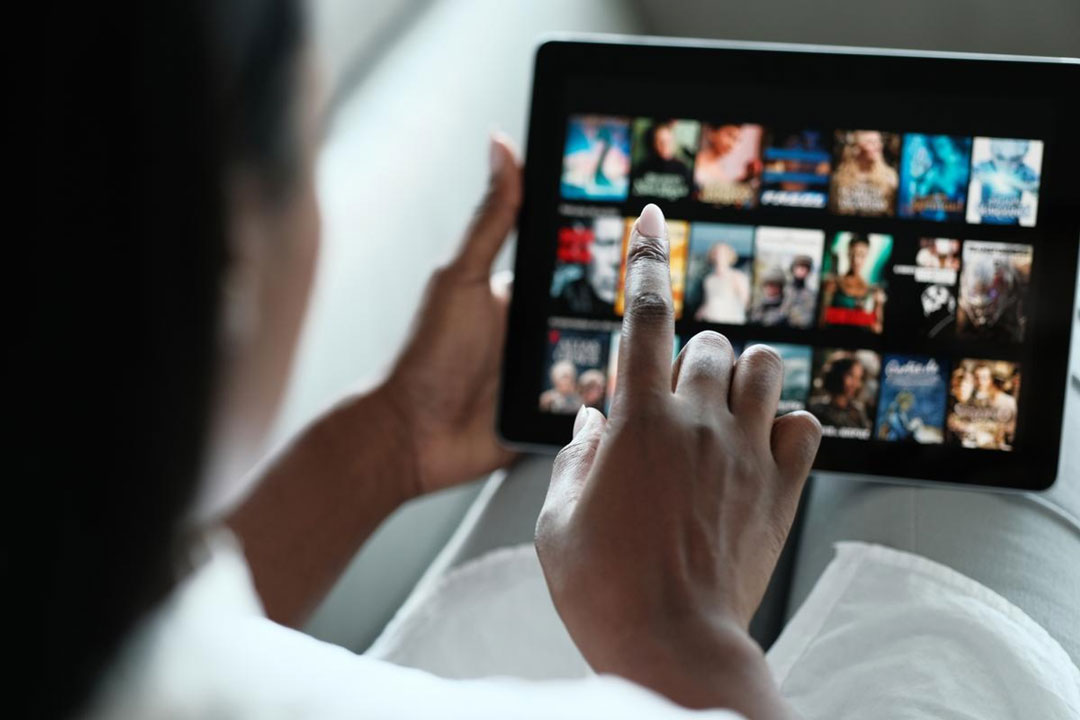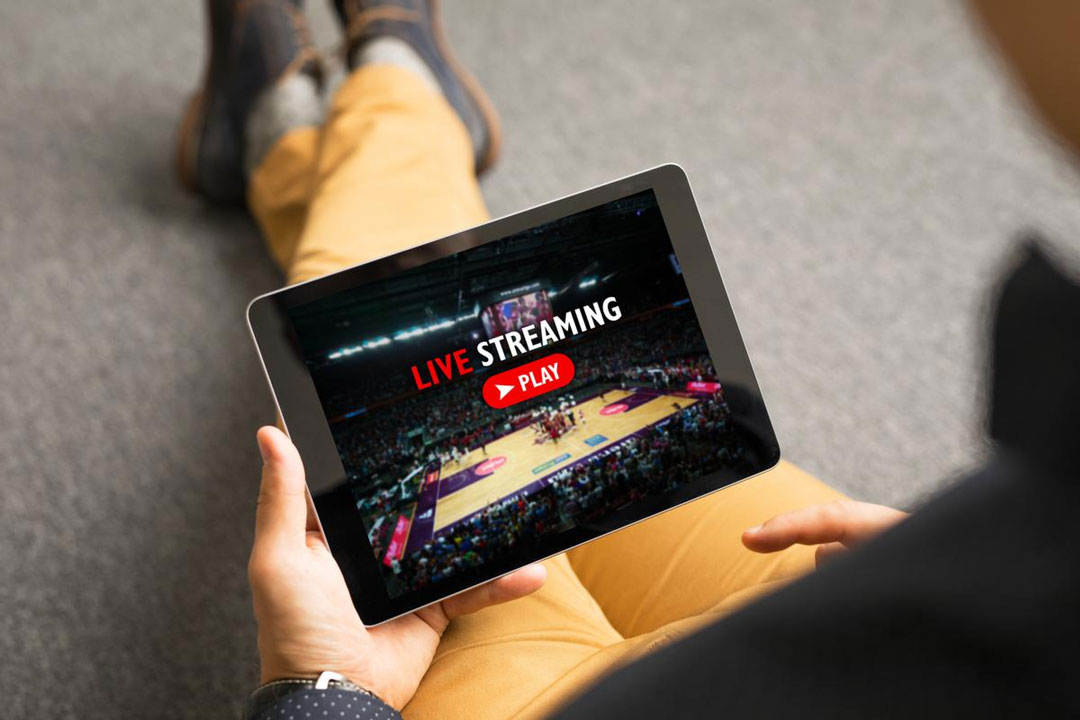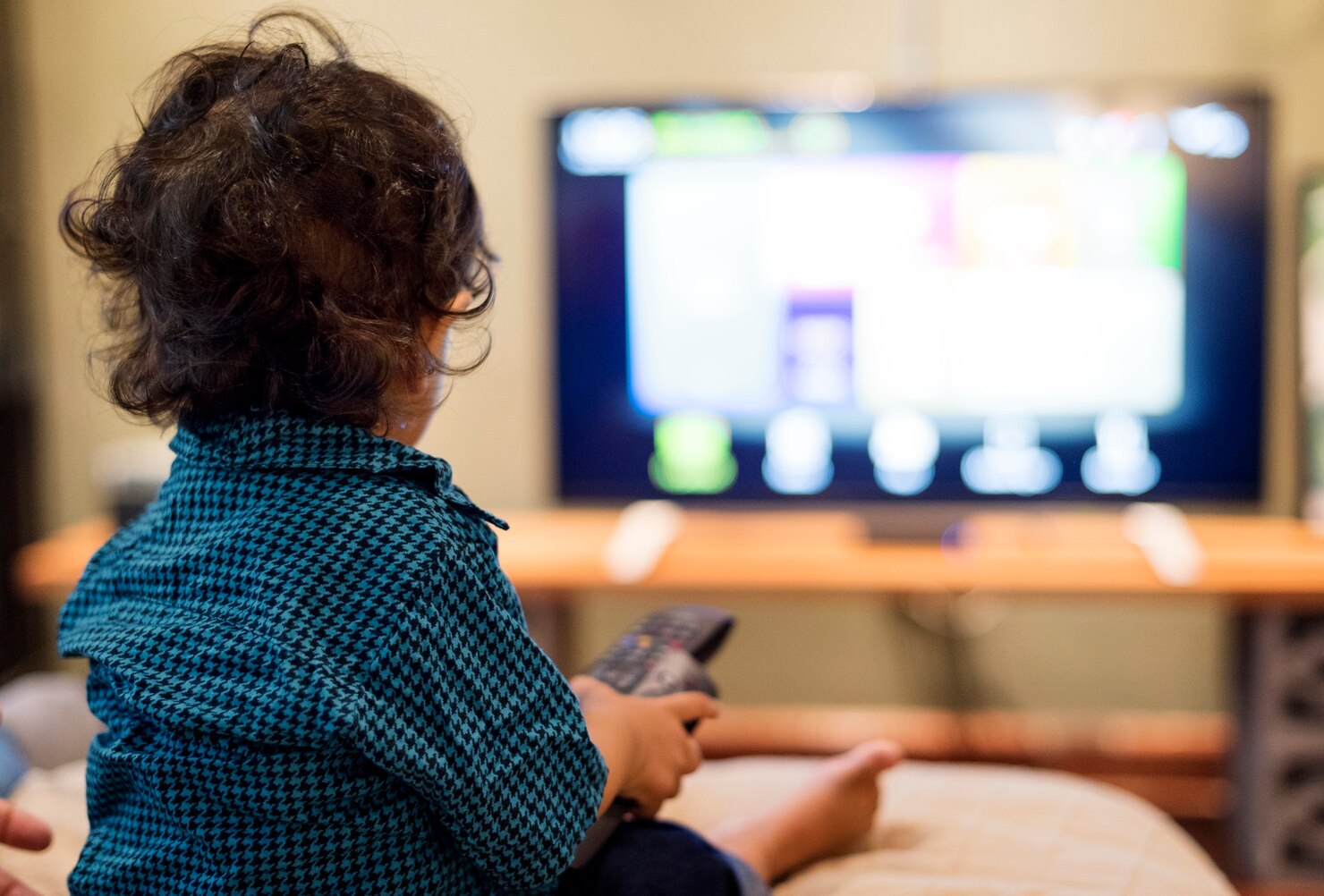Amazon Prime Video has become a major force in global streaming, producing high-budget originals, regionally tailored content, and pushing innovation in how stories are told. But what does it take to bring those originals to life — from concept to screen? What do creators say about working with Amazon, and what behind-scenes systems enable consistent delivery of quality content? This article uncovers the production pipeline, technology, creative relationships, and insights from creators working in the Prime ecosystem.
1. Amazon Prime Video’s Originals: Scope & Strategy
- Global + Local Balance: Amazon Originals aren’t just U.S.—they invest heavily in local content. For example, in India, Prime Video has “over 70 originals in various stages of development and production” across multiple languages.
- Genre & Format Diversity: The originals include scripted dramas, comedies, docu-series, sports documentaries (like All or Nothing), talent shows, and more. By offering many formats, Prime Video can cater to different tastes and markets.
- Large Production Slate: As noted, India is Prime Video’s second-largest production slate, after the U.S.
2. From Idea to Script: Creative Development
- Idea Generation & Local Storytelling: Creators often pitch stories grounded in local culture, social themes, or genre blends. Amazon’s strategy in many markets includes producing content in local languages (Hindi, Tamil, Telugu, etc.), and giving creators room to explore culturally resonant narratives.
- Story & Format Approval: Once a concept is approved, scripts go through multiple layers of vetting (Amazon’s creative teams, regional leadership). The format—episode count, episode length, genre, cast—are part of early decisions.
3. Casting, Pre-Production & Logistics
- Casting & Talent: Prime tends to bring in established talent when appropriate to attract viewership and also rising talent to bring freshness. Many Originals include local stars to ground the work in the target market.
- Pre-production Planning: This involves location scouts, set designs, costume & makeup prep, production scheduling. Budgets are allocated for high production values, especially for large scale dramas or action/fantasy shows such as The Lord of the Rings: The Rings of Power. Behind-the-scenes content (e.g. “The Making of The Rings of Power”) shows how Amazon builds sprawling sets, special effects, costumes, stunts.
4. Post-Production, Quality Control & Delivery
- Post-Production Policies: Amazon has detailed post-production procedure guidelines. These cover things like run times (half-hour programs should be ~22-30 minutes; hour-long ones ~48-54 minutes).
- Episode Numbering & Ordering: Even if episodes are non-sequential or change during production, they maintain a consistent production number.
- Ad-free Originals: Prime Video Originals are constructed without ad breaks. The inclusion of Prime Video logo, international dubbing cards, etc., are added at delivery in certain territories.
5. Technology, Bonus Content & Audience Engagement
- X-Ray & Explore Features: Amazon includes technology features to enhance viewer engagement. For instance, X-Ray allows access to actor bios, trivia, behind-scenes photos or videos, and more.
- Explore in India is an interactive experience letting users dive into bonus content, character insights, making-of materials.
- Recaps & AI-Assisted Features: To help viewers stay engaged after gaps, Amazon has introduced features like X-Ray Recaps, which generate summaries of episodes or seasons so viewers can catch up quickly.
6. Creator Insights: What It’s Like Working with Prime Video
From interviews and public statements, several themes emerge from creators and showrunners:
- Creative Autonomy vs Scale Expectations: Creators often appreciate Amazon giving scale and budget, but also high expectations in terms of production value, consistency, and meeting delivery deadlines.
- Localization Matters: Understanding local culture, conversations, and audience expectations is crucial. Creators find that Amazon’s investment in regional originals allows them to tell stories in local languages with local sensitivities.
- Collaborative Environment: Amazon’s creative teams and producers often collaborate closely with showrunners, directors, writers. Feedback loops (script reviews, pilot feedback, etc.) are used to refine story arcs, character development.
- Balancing Innovation & Risk: Some shows push boundaries — whether in genre, storytelling format, or thematic content. Amazon’s Originals sometimes take risks (e.g. in fantasy, speculative fiction, or socially challenging stories), which can bring high reward but also pressure.
7. Challenges & Constraints
No production is without challenges; creators and Amazon face several:
- Budget & Scale: High production value costs money. For big fantasy, action, period shows, costs escalate (sets, VFX, cast, costumes).
- Viewership & ROI: Even with high investment, Amazon tracks engagement metrics, completion rates, etc. Some content may be removed or not renewed if it doesn’t meet performance expectations.
- Logistical & Regulatory Constraints: Filming permits, local labour laws, safety, especially in international shoots. Also, broadcast/post-production quality standards differ by country.
- Time Pressures: Deadlines are tight; delays (weather, actors’ availability, regulatory permit delays) can complicate schedules and budgets.
8. Case Examples: The Boys & Rings of Power
To ground these insights:
- The Boys – Behind the Scenes: Amazon provides “insider look” features showing how the cast, stunt teams, writers, and production crew build scenes with practical effects, location work, CGI integration, etc.
- The Lord of the Rings: The Rings of Power – Making Of: The eight-segment bonus material reveals the construction of massive set pieces, special effects work, costume design, stunt choreography, and how the huge logistic endeavour is managed.
9. What Makes a Prime Video Original Stand Out
From what creators and Amazon emphasize, here are ingredients that tend to make Originals memorable:
| Feature | Why It Matters |
|---|---|
| High production value (sets, effects, cinematography) | Builds immersive worlds; raises audience expectations. |
| Strong storytelling + character focus | Helps retention; encourages word-of-mouth. |
| Local relevance & cultural authenticity | Connects with regional audiences; critical in non-US markets. |
| Bonus content / engagement tools | Deepens fan investment; offers more than just viewing. |
| Flexibility in format | Some stories benefit from shorter seasons, serialized arcs, or platform-friendly pacing. |
10. Looking Ahead: Trends & What’s Coming
Based on recent announcements and patterns, here are things to watch in Prime Video’s original content journey:
- More theatrical releases before streaming in certain regions, especially for big films. For example, Amazon MGM Studios plans 3-4 theatrical films annually in India from 2026.
- Greater use of AI and machine learning for post-production, dubbing, recaps, etc. (e.g. Prime testing AI-based dubbing, X-Ray Recaps) to improve accessibility and engagement.
- Scaling up Originals in non-English languages, diversifying storytelling and audiences.
- More behind-the-scenes / bonus content to provide deeper insight for fans
- Experimentation with creator/influencer-led content and unscripted formats. These tend to allow faster production cycles and lower costs, but still carry risk in terms of resonance.
11. Tips for Aspiring Creators Interested in Working with Prime Video
If you’re a writer / director / producer aspiring to work with Amazon Prime Video, here are some practical pointers:
- Develop strong pitches with clear voice, tone, and regional relevance.
- Be mindful of Amazon’s format guidelines (episode lengths, post-production specs).
- Prepare to work collaboratively — accept feedback, iterate on scripts, be flexible.
- Invest in visual storytelling: production design, costumes, sound, VFX are often what elevates a Prime Video Original.
- Understand audience metrics and how content performance matters (not just creative satisfaction).
- Take advantage of bonus content opportunities — creating behind the scenes, “making of”, interviews, which add value to the show and connect with fans.
Conclusion
Amazon Prime Video’s original content machine is a blend of creative ambition, technical rigor, and strategic planning. From script development to post-production, and from local markets to global streaming, the process is extensive—and so are the stakes. Creators who collaborate well, deliver authenticity, and engage with both storytelling craft and production realities tend to create content that resonates and lasts.
For audiences, the bonus content (via X-Ray, Explore, “Making-Ofs”) offers fascinating glimpses behind the curtain, helping us appreciate what goes into even a single episode of a show or a big cinematic production.
And as Amazon continues to push technological frontiers—AI, dubbing, recap features—and to scale originals globally, we can expect the behind-scenes stories to become even more ambitious and complex in the years ahead.



